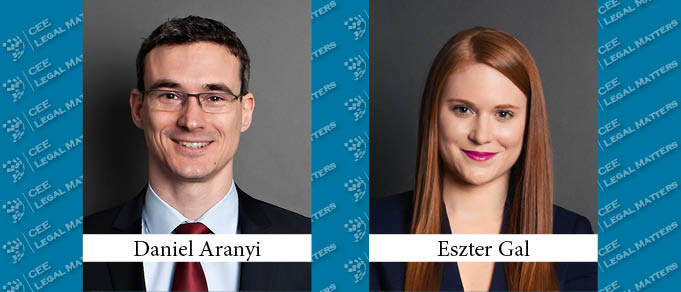Facilitated by strong government support, a consolidated tendering practice, and the growing interest of both domestic and international investors, solar power is driving Hungary’s renewables market to new heights.
In January 2020, the Innovation and Technology Ministry published the reworked version of Hungary’s National Energy Strategy 2030, confirming Hungary’s commitments to ambitious renewables targets, including a 20% share of total electricity generation in Hungary by 2030 and around 30% by 2040. According to the Strategy, expanding solar capacities are expected to take the lion’s share in meeting renewable targets. The Hungarian Government’s declared aim is to have 3,000 MW of installed solar capacity in Hungary by 2022 and 6,000 MW by 2030. This should provide the Hungarian renewables sector with plenty of room to grow and will most likely attract significant investments into solar development.
As a result, it is safe to say that Hungary is on track to becoming one of the most promising Solar Energy markets in Europe. After a record-setting year in 2018, the country more than doubled its solar energy capacity by adding 410MW of new licensed photovoltaic (PV) installations and over 90MW of residential PV systems, increasing the cumulative PV power to over 1GW. The first premium-based renewable energy support scheme (METAR) tender successfully closed in March 2020, with winning bids comprising around 132MW of nominal capacity. The second METAR tender is going to be bigger, with a total subsidy cap of HUF 800 million for 390 GWh/year, and results are expected by the end of February 2021. By August 2022, five more METAR tenders are expected, one every six months and tendering subsidized amounts of 300 to 500 GWh/year each.
Because of the 2017 switch from the feed-in-tariff based mandatory off-take system (KAT) to the premium-based METAR, new renewable installations must sell their generation on the market and conclude PPAs with customers or traders. Also, the KAT eligibility of the first mover renewables generators will expire in coming years, requiring them to employ a new business model to stay profitable. These developments may give rise to innovative PPA structures in Hungary – such as Corporate PPAs – in the near future.
Unfortunately, the COVID-19 pandemic has not left the Hungarian renewables market unscathed. Protective measures employed by the government included the option of postponing commercial operation dates without losing state subsidies and the introduction of a temporary foreign direct investment screening mechanism under which potential foreign (and in certain cases EU) investors must apply for the approval of the competent ministry before investing in virtually any energy company.
Renewables generators did not escape 2020 without a new regulatory challenge either, as stricter scheduling and related balancing surcharge payment obligations were imposed on them. As of April 1, 2020, the acceptable limits applicable to the scheduling of renewables installations were revoked, exposing them – especially solar energy producers, which benefitted from the highest acceptability margin – to a risk previously not present on the Hungarian market. In order to mitigate that risk, a mechanism was enacted entitling renewables generators to decrease the amount of the eventual surcharge. However, the applicable amount of the decrease will conclude by 2026 in predefined annual steps.
Despite these difficulties, and as evidenced by closings of significant finance and M&A deals on the renewables market our firm assisted with in 2020, and the help we have provided investors seeking to secure future projects, the development of the Hungarian renewables market – especially the momentum of solar power – remains strong.
By Daniel Aranyi, Head of Energy, and Eszter Gal, Associate, Bird & Bird Budapest
This Article was originally published in Issue 8.2 of the CEE Legal Matters Magazine. If you would like to receive a hard copy of the magazine, you can subscribe here.
